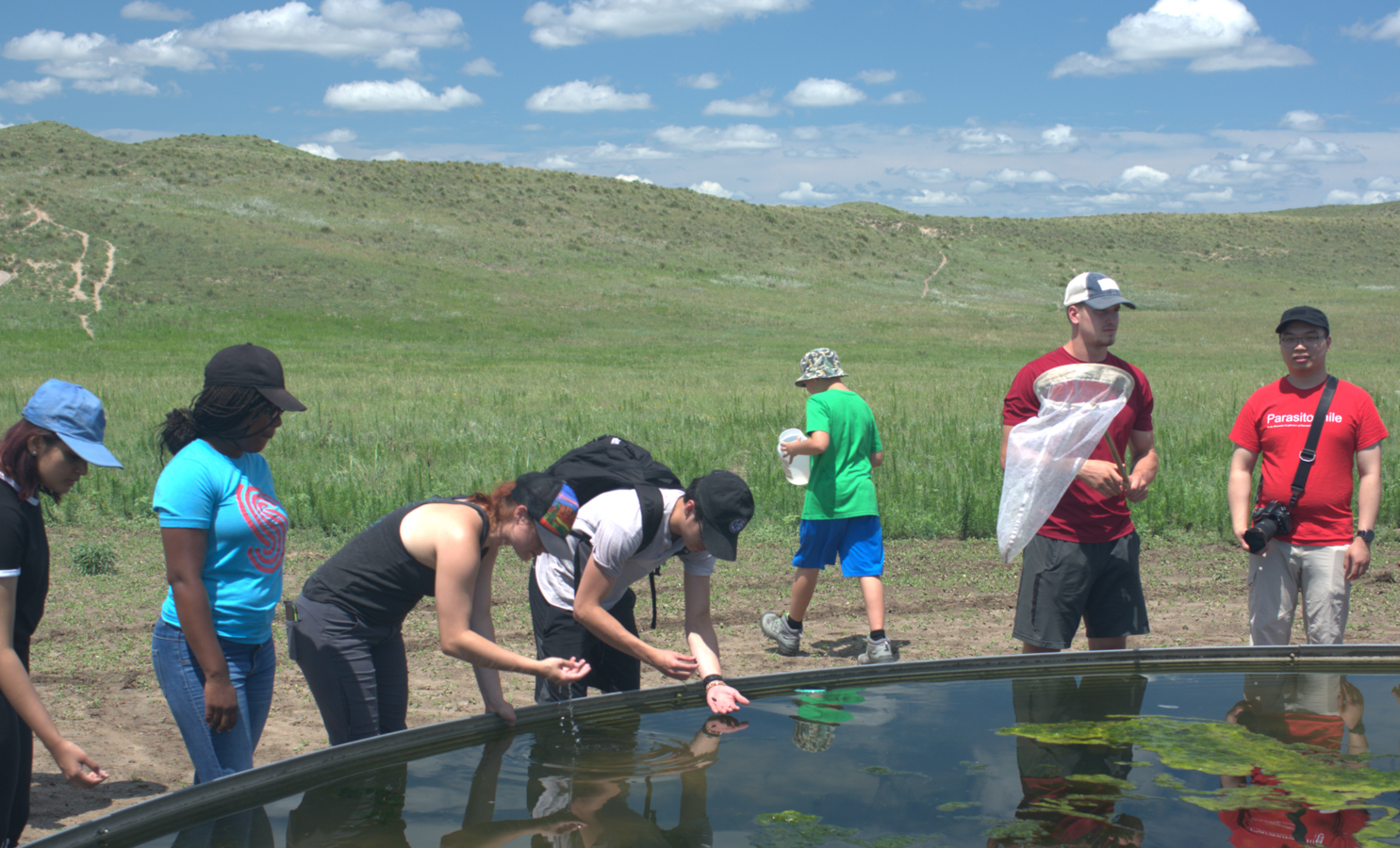Parasitology, Harold W. Manter Laboratory of

Concepts in Animal Parasitology
Date of this Version
2024
Document Type
Book Chapter
Citation
Chapter 51, Concepts in Animal Parasitology, pages 582–592
Textbook
Lincoln, Nebraska, United States: Zea Books, 2024
chapter doi: 10.32873/unl.dc.ciap051
Reviewer: Scott L. Gardner, Harold W. Manter Laboratory of Parasitology, University of Nebraska State Museum, Lincoln, Nebraska, United States; and School of Biological Sciences, University of Nebraska–Lincoln, Lincoln, Nebraska, United States
Abstract
An overview of the cosmopolitan gut-dwelling nematodes (roundworms) in the superfamily Heterakoidea, which occur most often in the cecum and large intestine of amphibians, reptiles, birds, and mammals. Discusses the general morphological characteristics, diagnosis, distribution and host associations, general biology, evolution, systematics, phylogeny, ecology, and conservation, including coverage of species of veterinary importance, Heterakis gallinarum and Histomonas meleagridis.
Chapter 51 in Concepts in Animal Parasitology, by F. Agustín Jiménez-Ruiz. 2024. S. L. Gardner and S. A. Gardner, editors. Zea Books, Lincoln, Nebraska, United States. doi: 10.32873/unl.dc.ciap051
Included in
Biodiversity Commons, Ecology and Evolutionary Biology Commons, Educational Methods Commons, Entomology Commons, Parasitic Diseases Commons, Parasitology Commons, Science and Mathematics Education Commons


Comments
Copyright 2024, the author and editors. Open access
License: CC BY-NC-SA 4.0 International